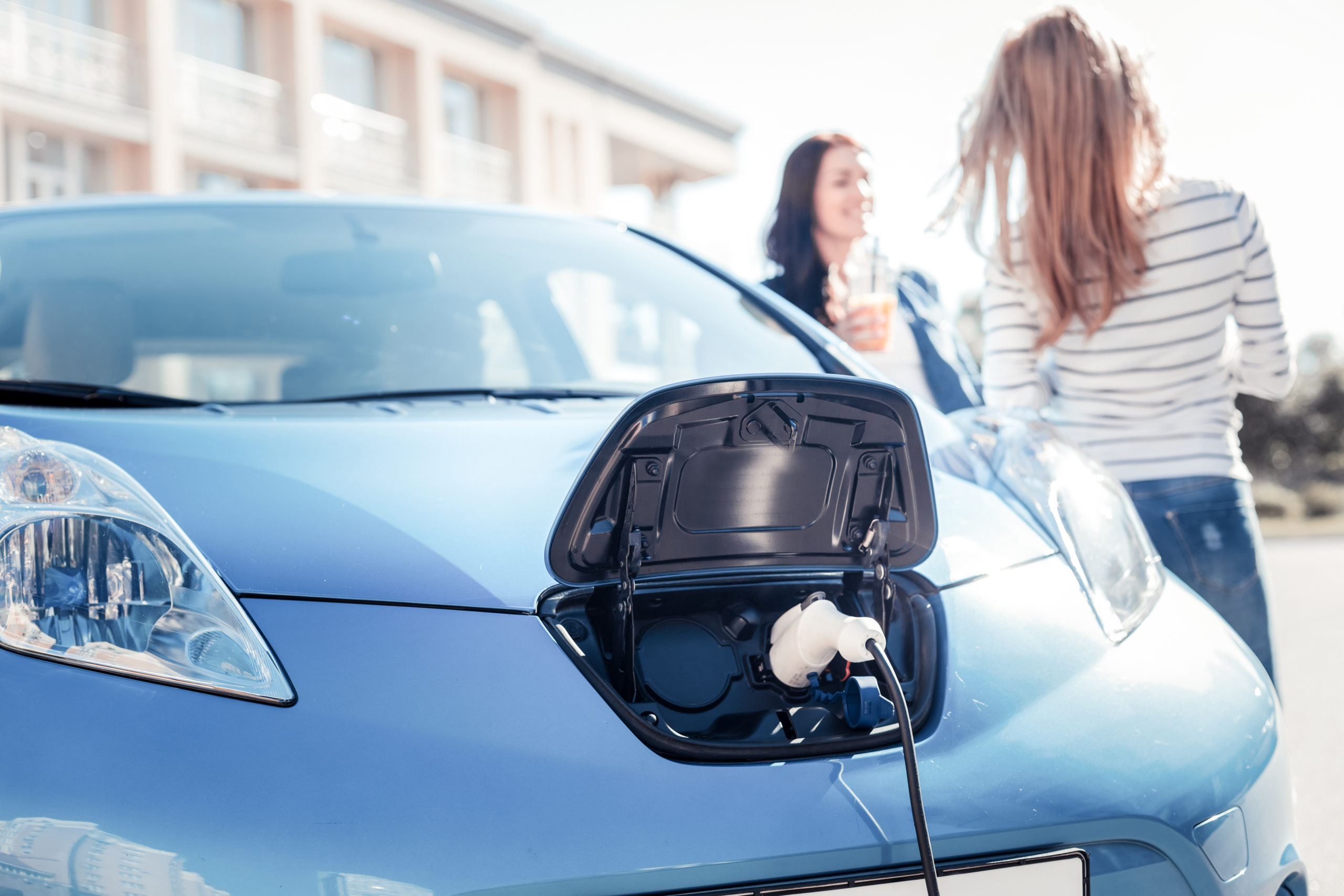
In January this year, Penn State University caused a stir in the electric vehicle (EV) field by announcing a battery for mass market EVs that has a range of 250 miles and an ability to charge in 10 minutes. The technology uses a self-heating approach that enables the battery to heat up to 60ºC for charging and discharging, and then cool down when the battery is not working. Could this bring about an end to the dreaded “range anxiety” that has become associated with electric vehicles – and which is one of the biggest factors in preventing new buyers moving away from traditional combustion engine vehicles and adopting EVs?
It is now common to see EV manufacturers claiming ranges greater than 200 miles, with the Tesla Roadster even boasting a range of 620 miles (although you will have to wait a few years to put that to the test). Of course, advances in battery technology have lead the way in increasing the range of EVs to the practical distances we see today, and will no doubt continue to do so. However, other factors in electric vehicle design have played their part in ensuring that the battery use is efficient as possible, thereby giving drivers as many miles as possible behind the wheel before having to charge up.
Aerodynamics plays a key role in determining the efficiency of an electric vehicle, and therefore its range. At motorway speeds, aerodynamic drag is the greatest resistance that needs to be overcome, and therefore, the bodywork of an EV will play an important role in determining the range of the vehicle. On top of the overall aerodynamic shape of the vehicle, a good example of further developments in this area is the Audi e-tron which uses a “virtual” wing mirror in which a minimalistic camera replaces the standard glass mirror. Even with a seemingly small design modification such as this, Audi claim to have increased the range by 1.6 miles.
Another area in which additional gains may be made to the range of an EV is in its tyres. By reducing rolling resistance – which alongside air resistance is one of the largest forms of external energy losses – the range of the vehicle may be extended. Another factor for consideration – that might not be immediately obvious – is the sound produced by the tyres. With a traditional combustion engine no longer the primary source of road noise, the sound (or lack of) produced by the tyres is of increased importance in EVs. Furthermore, tyres for electric vehicles need to be capable to handling the instant torque provided by electric motors.
Therefore, although battery technology may attract the headlines, it is only one part of the complete electric vehicle package. Aerodynamics and rolling resistance, as well as other factors such as vehicle weight, all play their part in producing the ranges capable of today’s electric vehicles. We can find similarities in intellectual property. Although a company’s IP rights sit at the heart of the IP strategy, they are only one aspect of the overall picture. The following are four examples of further aspects that can help you to construct a complete IP strategy in combination with the IP rights themselves.
Be attractive to investors
Investors must be confident that a company is able to commercialise and protect their innovations. One of the ways in which a company can make themselves attractive to investors – above and beyond having a great product or service – is to have an IP strategy in place demonstrating how their IP fits in to, and can bring value to, the overall business plan. For example, how do your IP rights map onto your products, and how do you plan to ultimately exploit the IP rights? Investors will also be encouraged to see further considerations such as filing strategies, a process to capture further innovation and IP in the future, and a specific IP budget.
Take stock of unused IP rights
Taking regular stock of your IP rights in the context of your business plan and thinking strategically about whether you need to renew them or not can turn out to be highly valuable. IP rights need be renewed on a regular basis by paying a fee. However, if a company has IP rights that they no longer have use for, it may be worth considering whether those rights are still required. If not, unnecessary renewal costs could be freed up and directed into other areas of the business (R&D for example), or other revenue-generating opportunities for those rights can be explored, such as selling or licensing the IP.
Monitor competitors’ IP activity
Electric vehicle manufacturers will no doubt keep close tabs on their competitors’ developments, and businesses are able to monitor their competitors’ IP in the same way. Patent applications are published 18 months after filing, which enables companies to keep track of their competitors’ IP activities, for example by setting up automated alerts on applications of interest. If a competitor is pursuing patent protection in an area that may be relevant, it is possible to take a pro-active approach and file third party observations against the application if there are arguments as to why it should not be granted. In some jurisdictions it is also possible to file an opposition against a granted patent within a time period after the grant date, which can potentially revoke the patent entirely.
Keeping abreast of your competitors’ IP activities can help to keep you on the front foot with regard to your own IP strategy and commercial activities.
Patent Box and other HMRC tax relief schemes
The Patent Box is a UK tax relief scheme that aims to encourage innovation in the UK. If a UK business manufactures and sells a product that is covered by a qualifying patent (a patent granted by the UKIPO, EPO or select EEA member states) that they own or have an exclusive licence to, it can claim a reduced rate of corporation tax on profits made from worldwide sales of that product, providing yet another valuable advantage to the wider business. In a similar vein, a company may be eligible for tax relief on qualifying R&D expenditure under the HMRC R&D tax credit scheme. Further information on these and other available funding strategies can be found in part three of our ‘Innovation Funding Strategies’ webinar here.
Traditionally, IP rights are about protecting your ideas and inventions from copycats. But these further considerations can help you maximise the use of your intellectual property in various different ways, bringing the most value to your business as a whole. At GJE, we work with a wide range of clients in the various fields that contribute to the exciting development of electric vehicles, and are well placed to provide advice on IP matters in this sector.
If you would like more information on this article, or would like to discuss your IP needs, please find my contact details on my website profile here or contact us at gje@gje.com.

